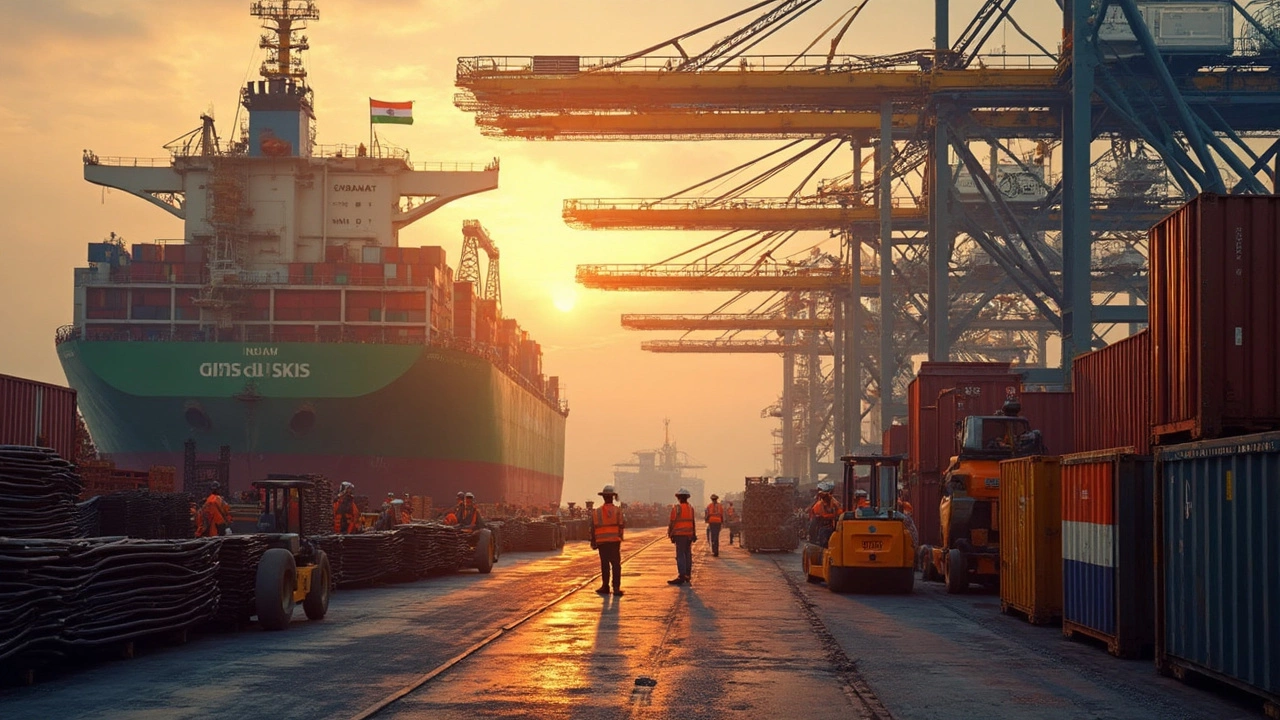US Steel Imports: What Drives the Flow and What It Means for America
When talking about US steel imports, the overseas steel that enters the United States for use in construction, automotive, and manufacturing sectors. Also known as American steel imports, they are a key piece of the national supply chain and a hot topic in trade debates.
The US steel industry, the network of mines, mills, and fabricators that produce steel at home relies on imports to fill gaps when domestic capacity falls short. From the Midwest’s rust‑belt factories to coastal shipyards, producers balance home‑grown output with foreign supply to meet demand spikes during infrastructure projects.
Why US Steel Imports Matter
One of the biggest levers shaping this flow is the steel tariffs, taxes levied on imported steel to protect domestic producers. Since 2018, tariff rates have swung between 15% and 25%, directly influencing the price gap between foreign and American steel. When tariffs rise, import volumes dip, but downstream manufacturers often face higher costs, squeezing profit margins on everything from bridges to appliances.
Meanwhile, the global steel market, the worldwide arena where producers compete on price, quality, and logistics sets the baseline for import pricing. Shifts in Chinese production, European export policies, or Brazilian ore costs ripple into US import decisions. For example, when Chinese mills ramp up output, their lower‑priced sheets flood the market, prompting US buyers to weigh cost savings against tariff exposure.
Domestic producers watch these signals closely because domestic steel production, the amount of steel manufactured within the United States each year determines the country’s net import reliance. In 2022, the US produced roughly 70 million metric tons but still imported about 20 million, indicating a persistent shortfall in certain grades and forms.
Trade policies, demand cycles, and inventory strategies all interact. When the government announces new anti‑dumping measures, importers may scramble to secure existing contracts before rules tighten. Conversely, a surge in construction activity—like the bipartisan infrastructure bill—can push both domestic mills and foreign suppliers to increase shipments, tightening the supply chain.
Understanding these dynamics helps manufacturers, policymakers, and investors anticipate price movements and capacity decisions. US steel imports not only affect raw material costs but also ripple through employment, regional economies, and the nation’s strategic autonomy.
Below, you’ll find a curated selection of articles that unpack each of these angles— from tariff impacts to regional steel hubs and emerging trends shaping the next wave of imports. Dive in to see how the pieces fit together and what it could mean for your business or research.
